介绍
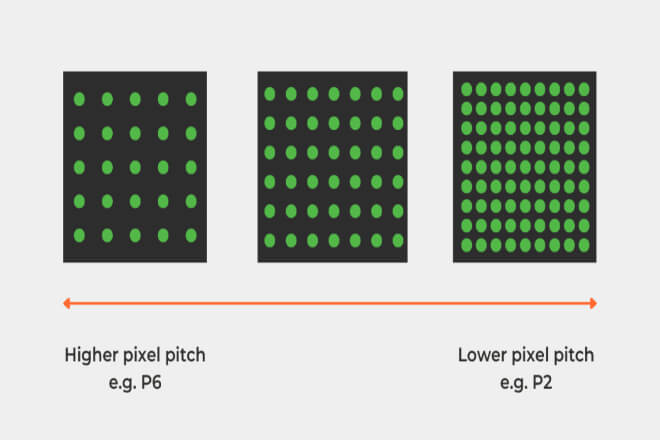
你花了很多钱来安装 大型LED屏幕, 但总感觉“不对劲”?
画面颗粒感强,看久了眼睛也累,客户还抱怨不专业……很有可能是点距不对!
别以为“P”只是一个参数,这小小的数字背后却藏着大坑,如果选错了,不仅效果不好,还可能白白花更多的钱。
目录
1. 什么是“LED显示屏点距”?为什么它如此重要?
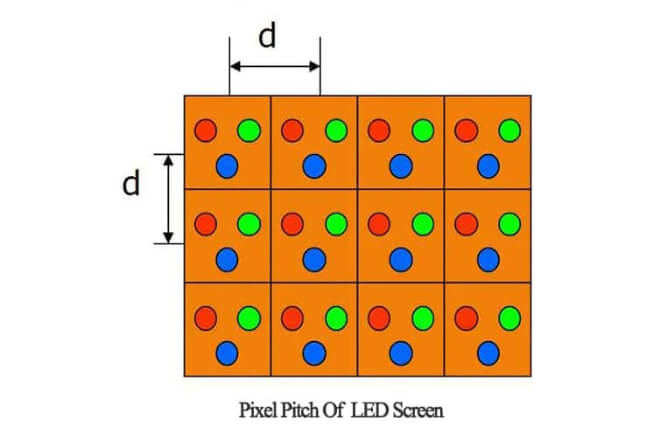
LED显示屏的“点距”,简单来说就是屏幕上相邻两个像素点之间的距离,通常以毫米(mm)表示,如P2就是2毫米。
这个“P”后面的数字越小,像素就越密集,画面看起来就越清晰细腻。
点距对清晰度有很大影响, 观看距离 屏幕的点距越小,单位面积的像素点就越多,画面自然就越清晰。
比如P1.5的屏幕看起来比P4的屏幕更加细腻,从观看距离上来说,点距小的屏幕适合近距离观看。
例如,在会议室等地方, 展览 大厅和家庭影院中,观看距离通常约为点距的 1,000 倍。
点间距较大的屏幕,比如P4到P10,适合远距离观看,比如户外广告牌、体育场馆等,观看距离可以达到几十米。
此外,点距还直接影响价格和能耗,点距越小,屏幕上的LED灯珠就越多,制造难度和成本就越高,价格自然也就更高。
例如P1.25的屏体价格就比P4的屏体价格高出不少,同时小间距屏对控制系统的要求更高,进一步增加了成本。
在能耗方面,小点距的屏幕由于像素数量多、亮度高,通常耗电量较大。
不过,随着Mini LED、Micro LED技术的发展,如今的小间距屏幕在节能方面已经有了很大的进步。
一般来说,选择LED显示屏时,点距是一个非常重要的指标。
具体选择多少点距,要根据你的预算、观看距离、实际需求,综合考虑才能达到最佳效果。
2.LED显示屏点距选择错误的四个常见原因

1). 只看价格,选择间距过大的屏体
很多人觉得LED屏幕看起来都差不多,就干脆选择便宜的,最后买P6、P8甚至更大间距的。
这种屏幕虽然便宜,但是像素太稀疏,近距离观看就像马赛克一样,画面很粗糙。
特别是在室内或者近距离使用时,无法看清细节,唯一的选择就是更换屏幕,而更换屏幕的费用比较高。
2). 明明是近距离观看,却选择了远距离观看的规格
例如,在会议室、展览厅、 购物中心 窗户,观众距离屏幕很近,但是你选择的是P6或者P8的屏幕,一般是用于户外远距离观看。
近看的话都是“颗粒状”,字都看不清楚,体验特别差。
这种情况下应该选择P1.5、P2、P2.5等小间距,这样画面才足够细腻。
3). 室内屏与室外屏混淆
防水防尘,价格昂贵;室内屏亮度低,不防水,但价格便宜。
如果在室内使用,却购买室外屏,不仅要多花钱,还可能因为亮度太高而造成刺眼。
相反,如果将室内屏用在室外,亮度不够,白天看不清楚,而且容易坏。
4). 被销售忽悠,没有根据实际需求选择
有些销售人员为了赚更多的钱,会故意推荐一些利润高但并不适合你的产品。
但是,有些销售人员为了赚更多的钱,会故意推荐利润较高,但并不适合你的产品。
比如你本来只需要P4.81的室内屏,但是他们坚持要卖给你P1.25的,而且还说了很多。
结果你花了很多钱,但效果却不一定更适合你的需求。
总的来说,选择LED屏幕时,不要只看价格,也不要相信销量。
首先要弄清楚你是在室内还是室外使用,观众距离屏幕有多远,预算有多少,然后再决定选择什么点距。
这样才能买到既适合又划算的产品,避免浪费钱。
3、LED显示屏点间距选择不合适会造成哪些实际影响?
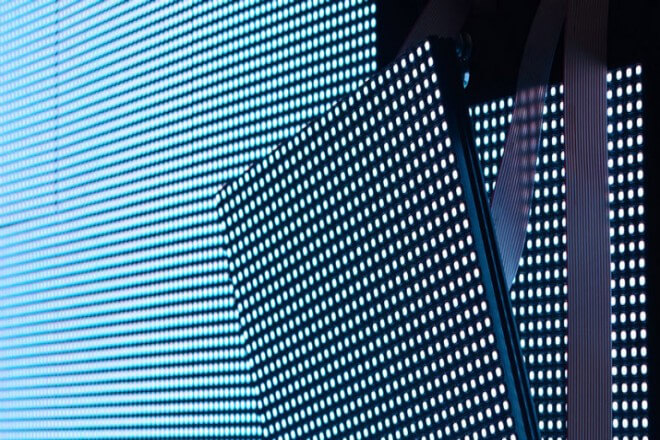
1).LED显示屏显示效果差,颗粒感明显
如果选择点间距较大的LED显示屏,画面看起来就会像“大颗粒”马赛克一样,一点也不清晰。
比如在会议室里,领导们距离屏幕很近,看不清LED显示屏上的字,比较尴尬。
这样的LED显示屏用来显示图片或者视频,但是细节全没了,观众肯定会不满意。
2). 近距离视觉疲劳,体验不佳
如果观众距离LED显示屏很近,但屏幕的点距太大。
眼睛要费劲去分辨那些“大颗粒”,时间长了肯定会疲劳。
例如,在展览馆或者商场,顾客本来是想好好看看LED显示屏上的内容。
但他们的眼睛很累,体验很糟糕,他们可能会离开。
3). 投资回报率降低,广告/信息传播效果不佳
如果LED显示屏用于广告或显示信息,则选择了错误的点距。
而观众又无法看清内容,那么广告效果肯定会大打折扣。
比如户外广告用的LED显示屏,点间距很大,距离较远的人根本看不到广告内容,浪费了广告费。
如果是企业展厅,顾客无法看清LED显示屏上的显示内容,那么投资的钱就打了水漂。
4). 用户投诉,品牌形象受损
如果观众或者客户对LED显示屏的显示效果不满意,肯定会出现投诉。
比如商场里的LED显示屏,顾客觉得画面太粗糙,可能会直接向商场投诉,甚至进行网上投诉。
这样一来,品牌形象就会受到影响,别人就会认为你的品牌不专业,连一块LED显示屏都做不了,以后可能就不愿意来了,不愿意合作了。
4.5 选错后的应对措施
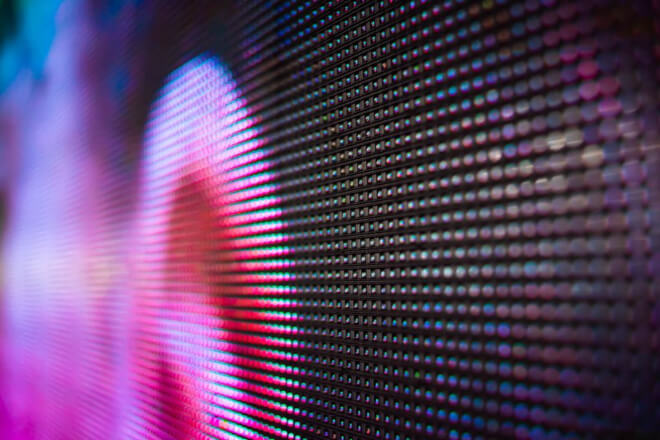
如果您发现LED显示屏的点距不正确,请不要惊慌;总有办法补救。以下是一些实用的对策:
如果屏幕颗粒感太明显,最直接的办法就是更换显示模组。不过,这件事需要仔细算计:
成本: 改了就得花钱买新的模块,还得请人安装调试,如果屏体面积大的话,成本还不低。
可行性: 如果屏幕仍在保修期内,或者制造商有折扣,你可以考虑更换。但如果屏幕已经使用很长时间,或者更换成本太高,你可能不得不另寻他法。
优点: 改完之后画面效果肯定会有所提升。
缺点: 花费的费用比较大,施工时间也比较长,而且还可能影响正常使用。
如果觉得更换模块太麻烦,可以尝试调整观众的位置或者屏幕的角度:
向后移动: 把观众的座位往后移一点,或者把屏幕挂高一点,这样观众离屏幕远一点,颗粒感就不会那么明显了。
改变角度: 稍微倾斜屏幕,以便观众可以从侧面看到它,有时可以减少颗粒感。
优点: 无需花钱,轻松操作。
缺点: 如果场地有限,可能无法调整。
如果屏幕点距太大,不适合近距离观看,请在其他地方使用:
将其移到户外: 比如,把原本打算在会议室使用的屏幕搬到户外作为广告牌,从远处观看,颗粒感就没那么明显了。
优点: 没有钱,屏幕依然可以发挥它的作用。
缺点: 必须重新规划屏幕的位置和用途,这可能不太方便。
如果硬件无法改变,则从以下内容开始:
使用高对比度: 尽量使用高对比度的图片,比如黑底白字、红底白字等,这样可以使文字和图片更加清晰。
保持图片简单: 避免使用复杂的图案和文字,使用大字体或简单的图表,更容易让观众看到。
优点: 不花钱,操作简单,效果好。
缺点: 内容显示可能会受到限制,并且某些复杂信息可能无法很好地显示。
如果自己确实无法解决,可以咨询专业的LED显示屏厂家或者技术人员。
他们可能会根据具体情况给出一些更专业的建议,比如调整屏幕的亮度和对比度或者使用专门的软件来优化显示效果。
总之,虽然选择错误的点距很麻烦,但总有办法补救。
根据实际情况,选择最合适的对策,尽量让画面看起来更加赏心悦目,不要让它白白浪费了!
5.确定更换屏幕是否值得“二次投资”?
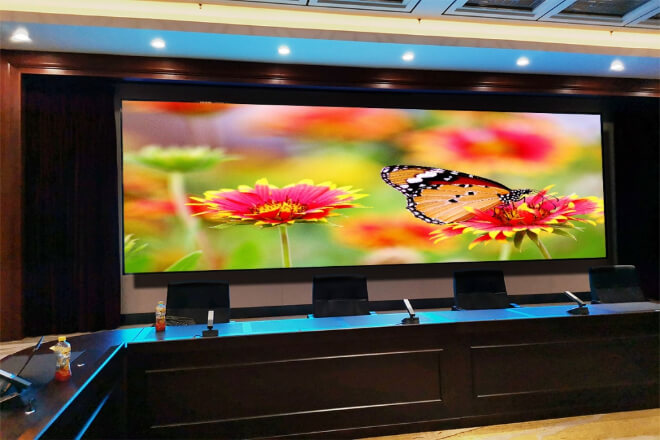
1).继续使用还是更换新的?
如果你的LED屏幕的点距不合适,首先要考虑是继续使用还是硬着头皮更换新的。
如果继续使用它,好处就是可以节省购买新屏幕的钱。
但问题是,屏幕显示效果差,观众看着不舒服,可能会觉得你这个地方不专业。
如果屏幕用在商场、展厅等场所,观众的体验度就不好,可能不愿意停留太久。
他们甚至会抱怨。而且,老屏幕耗电大,电费也是一笔不小的开支。如果经常坏,维修起来也很麻烦。
如果更换新的屏幕,虽然一开始会花费不少钱,但是新的屏幕具有良好的显示效果,可以让观众眼前一亮,提高整体的体验度。
而且现在大部分新屏幕的节能效果都比较好,长远来看,可以节省不少电费。
但更换新屏必须考虑安装调试的费用,而且必须找专业的团队来操作,这是一笔额外的开支。
2). 计算成本和折旧
在决定是否更换屏幕之前,你得做好测算,首先看看更换新屏幕需要花费多少钱,包括采购费用、安装调试费用、运输费用等等。
然后计算继续使用旧屏的成本,比如维护费用、电费、以及可能的维修费用。
如果旧屏幕已经使用了好几年,还可以通过折旧来计算它的残值。
例如,屏幕的使用寿命为5年,使用了2年,那么它的残值约为原价的60%。
比较一下新屏幕的使用寿命和折旧率,看看从长远来看哪一个更划算。
3). 部分替换还是拼接优化?
如果不想更换整块屏幕,也可以考虑局部更换或者拼接优化,如果只是部分屏幕显示效果不好或者损坏。
可以只更换有问题的显示模块,这样会便宜很多,但是更换之后还要看整体显示效果是否能达到要求。
拼接优化也是一个办法,如果屏幕点距太大,可以把多个小屏幕拼接起来,组成一个大屏幕。
但拼接存在一个问题,屏幕之间可能会存在缝隙,必须通过软件优化,尽量减少这些缝隙对视觉的影响。
4). 长期规划与预算平衡
您还必须考虑屏幕的长期使用计划和实际预算。如果屏幕只是短期使用。
比如临时活动,继续使用旧屏幕可能更合适,以节省一些钱。
但如果屏幕的使用时间较长,比如企业展厅或者广告屏,那么更换屏幕可能更有利于长期发展。
毕竟,良好的展示效果可以吸引更多的顾客,提升品牌形象。
实际预算也很关键,如果预算有限,可以先考虑一些低成本的优化方案,比如调整内容展示策略,让画面看起来更舒服一些。
或者优化屏幕的使用环境,减少外界因素对显示效果的影响。
6.避免再次踩坑!点距选择的3个核心原则
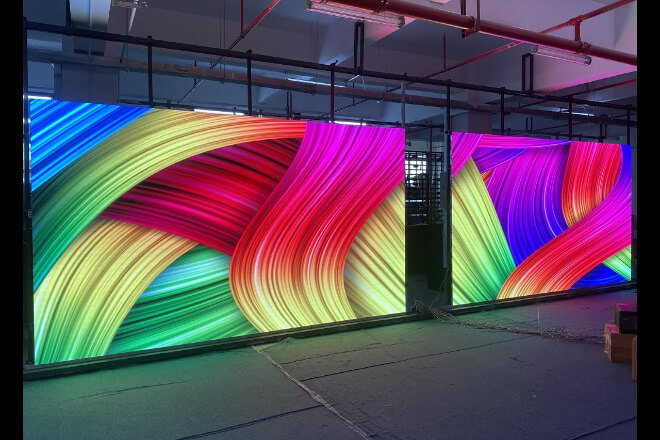
1). 根据观看距离选择点距的经验公式
选择LED屏幕时,最重要的是看观众距离屏幕有多远。有一个简单的公式可以参考:
最佳观看距离(米)=点距(毫米)×3~5。例如,对于P2屏幕,最佳观看距离约为6米至10米。
如果观众距离较近,比如在会议室或者展厅,就要选择点距较小的屏幕,比如P1.2或者P1.5,这样画面才细腻。
如果观众距离较远,比如户外广告牌,P6、P10甚至更大的点距就足够了,而且可以节省一些成本。
2). 室内外点距建议
2.1).室内环境:
室内光线较柔和,观众距离屏幕较近,因此点距应较小。
例如,在会议室和 酒店 大堂建议选择P1.2到P2.5的屏幕,画面细腻,眼睛也不会疲劳。
2.2). 室外环境:
户外阳光很刺眼,且观众距离屏幕较远,因此点距可以较大。
例如,在户外广告牌和 体育馆其中,P4至P10屏较为适合。
如果距离特别远,比如高速公路旁边的广告牌,甚至可以使用P16、P20的屏幕,成本低廉,效果也足够。
3). 针对不同用途选择合理的点距范围
3.1). 广告LED屏:
如果用于广告,比如户外广告牌,受众距离较远,点距可以大一些。
比如P6到P10的屏幕,可以保证远处也能看清楚内容,而且成本相对较低。
如果是室内广告屏,比如商场的广告屏,受众距离较近,建议选择P2到P3的屏幕,画面比较清晰。
3.2).演示LED屏:
例如在会议室、展览馆等场所,观众距离屏幕比较近。
而一些比较复杂的图表、文字等,需要显示,所以点距必须要小。
建议选择P1.2到P2.5的屏幕,这样才能看清画面的细节。
3.3).直播LED屏:
如果用来播放体育赛事、演唱会等画面动态较多的内容,点距不宜太大。
建议选择P2到P4的屏幕,这样画面才会流畅,观众不会感觉到颗粒感。
总之,LED屏的点距要根据实际观看距离、使用环境和用途来确定。
这样既能省钱,又能保证展示效果,不要像以前那样盲目选择,否则不仅白花了钱,效果还不理想!
七、结论
选择错误的像素间距并不可怕,可怕的是不知道如何补救以及如何避免将来出现陷阱。
只要目的、预算、观看距离明确,LED屏幕就可以轻松使用。
如果你还在犹豫要不要换,或者怎么选择,不妨停下来问问真正懂业务的人,这比用起来要好得多!
最后,如果你想了解更多关于LED显示屏的信息, 请与我们联系。
您可能感兴趣的文章:
